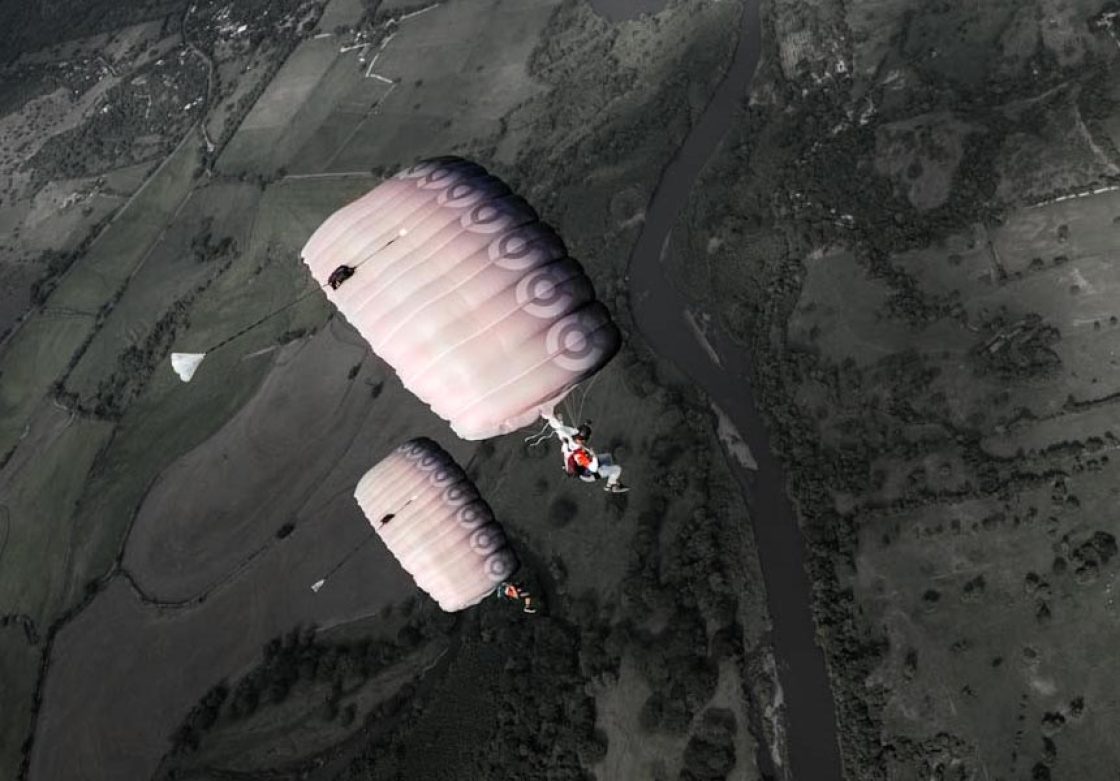If you’ve ever been curious about the art of skydiving, you might have come across the phrase “adequate wing loading.” While the size of the parachute, or canopy, might seem like the main factor to consider, the truth is that it’s the wing loading that truly matters. In this blog, we’re diving into the world of skydiving to understand why each type of canopy requires a specific wing loading for its optimal performance.
Imagine you’re piloting an S-Fire canopy. You might be tempted to load it up beyond 2.0, thinking it could give you an edge. However, that might not be the case. The same principle applies to a GTR canopy – loading it below 1.5 won’t do justice to its capabilities.
Why does wing loading play such a pivotal role? It’s not just about performance; it’s about the very way your parachute opens. A canopy performs at its best when it’s loaded appropriately. Think of it as finding the perfect balance – not too heavy, not too light.
Picture this: you’re aiming for a smooth, stable descent after you jump. The right wing loading ensures that your canopy behaves predictably, allowing you to maintain control and direction during your descent. On the other hand, improper wing loading can lead to surprises during openings – not the kind of surprise you’re hoping for in the world of skydiving!
Pro Tip: achieving pro-level skills often means revisiting the basics. While the allure of pushing boundaries is tempting, it’s crucial to understand that the basics, like wing loading, form the foundation of your journey. So, whether you’re a seasoned jumper or a newcomer to the skies, remember that unlocking the full potential of your canopy begins with the magic of adequate wing loading.
What you think we need to swoop like this so? A high or low wing loading…
